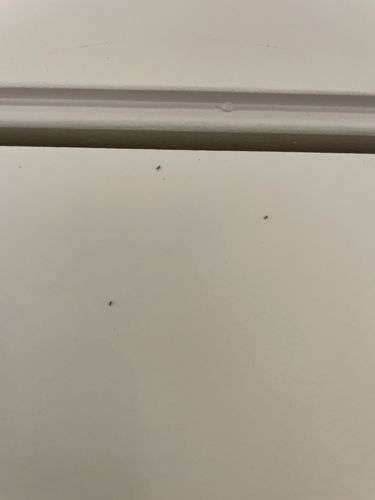Fungus Gnat
Scientific Name: Sciaridae or Mycetophilidae (multiple genera and species)
Order & Family: Order: Diptera, Families: Sciaridae (dark-winged fungus gnats) or Mycetophilidae (fungus gnats)
Size: 1/16 to 1/8 inch (2-3 mm)

Natural Habitat
Typically found in moist environments with decaying organic matter, such as potting soil of houseplants, greenhouses, compost piles, and areas with water leaks or excessive humidity. Adults are often seen near windows or lights indoors.
Diet & Feeding
Adult fungus gnats typically do not feed or feed on liquids. Their larvae feed on fungi, decaying organic matter, and sometimes the roots of plants.
Behavior Patterns
Adults are weak, erratic fliers and are often seen walking on surfaces or flying near plants. They are attracted to light. Females lay eggs in moist soil. Larvae hatch and feed on organic matter or plant roots for about 2-3 weeks, then pupate in the soil. The entire life cycle can be completed in about 3-4 weeks, leading to overlapping generations and continuous presence if conditions are favorable.
Risks & Benefits
Potential risks: While adults are mostly a nuisance, their larvae can cause damage to the roots of seedlings and young plants, especially in high numbers. They can also indicate overwatering or the presence of decaying organic matter, which can lead to other issues. They do not bite humans or transmit diseases. Benefits: In natural environments, they contribute to the decomposition of organic matter, which can be beneficial.
Identified on: 9/18/2025